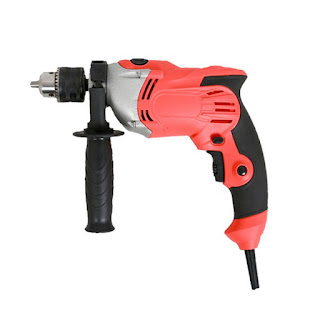What Materials Can You Use To Fill Gabion Walls?
Gabion walls are retaining walls constructed by stacking stones in gabions or gabion baskets and can be used for a variety of purposes, but are most often used to create tiered or level ground in gardens.
They are rectangular metal lattice baskets filled with stones and their origins can be traced back to wartime when they were erected to protect against artillery fire. Since then they have been used for soil protection when leveling construction sites, as erosion control devices on waterfronts, and often as noise barriers along motorways; not as attractive as coniferous barriers, but certainly faster.
Modern architect-designed and zero-carbon homes often introduce an industrial look to the interior and exterior aesthetics of residential and commercial buildings, and many are now already using gabion walls as structural and even aesthetic accents. As a result, this is likely to become an increasingly popular architectural trend, as it is certainly easier for most people than trying to build dry stone walls.
Gabion Wall
They are also more frequently installed in urban areas and parks, as partition walls or even as outdoor furniture. They can also be covered in soil and used to introduce plants. Of course, over time, nature will provide many varieties to fill the structure if you don't get in first.
What materials can you use to fill gabion walls?
Rock is the most typical filler due to its durability, longevity, and stability. Often infill is chosen because of its aesthetic properties or for something that can be recycled from the site. Some considerations depend on the purpose of the wall. For retaining walls, the rock must be dense enough to support the load. Hard rock such as basalt is typical.
Note: If you are building a retaining wall, have a landscape architect or engineer determine the loads and stresses as well as other factors.
Gabion baskets filled with spectacular rock fill are a growing trend in Australia as a new way of treating retaining walls. They are more cost-effective and easier to install than traditional railings, but less cumbersome and difficult to work with than concrete or sandstone blocks. The best part is that you don't need to have 25+ years of gardening experience to build one. Simple wire mesh panels and spiral winders make building small retaining walls very easy. Here are some tips that can help.
Gabion Wall
Materials and finishes
All gabions are made from hot-dipped galvanized 5 mm gauge steel with 50 x 50 mm (mesh) holes. These features may not sound important, but they are. Here's why: Galvanised steel is renowned for its resistance to weathering and corrosive atmospheres, especially when exposed to coastal air. Read here for more information on galvanized gabions. 5 mm gauge steel is thick enough so that the basket will not expand, stretch or warp when filled with rock.
Once the gabion basket is filled with rock, lighter gauge steel (3 or 4 mm) may expand, pushing the mesh panels apart and creating a bow in the basket. Read more here. 50 x 50mm mesh is flush with 5mm gauge steel. The larger the mesh, the greater the stresses applied to the steel intersections. The larger the mesh, the fewer the crossings, which means more stress is applied to each crossing point. Once filled with rock, this will directly cause the basket to expand. Read more here. See a range of different real-world installations in the gallery.


